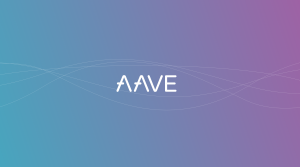Blockchain networks are public infrastructure maintained by economically incentivized actors. As of today, the prevalent way to ensure security and continuous operation of major blockchains has been Proof-of-Work mining, the core innovation behind Bitcoin that first enabled the existence of stateless digital money. In recent months and years, blockchain networks have evolved to use different incentive models to maintain their infrastructure without requiring a central authority. A clear emerging trend is the migration to Proof-of-Stake (PoS). Networks that use Proof-of-Stake rely on participants providing monetary collateral instead of expending energy, as is the case with Proof-of-Work. Staking requires users to…
Author: Felix Lutsch
Felix Lutsch
Felix Lutsch is a Research Analyst at Chorus One, a company focused on cryptocurrency staking services (e.g. their Anthem staking platform) and blockchain interoperability. He is also the editor of the Staking Economy newsletter that is delivering updates on the Proof-of-Stake industry every fortnight. Before Felix joined Chorus One, he finished his Master's in Finance at the Goethe University of Frankfurt.
Read More
Institutional investors have integrated digital assets into their portfolios. The central question for 2026 is how sustainable this trend will be.
This comprehensive guide explains what Bitcoin is, how the technology works, and why the currency may be of interest to investors.









